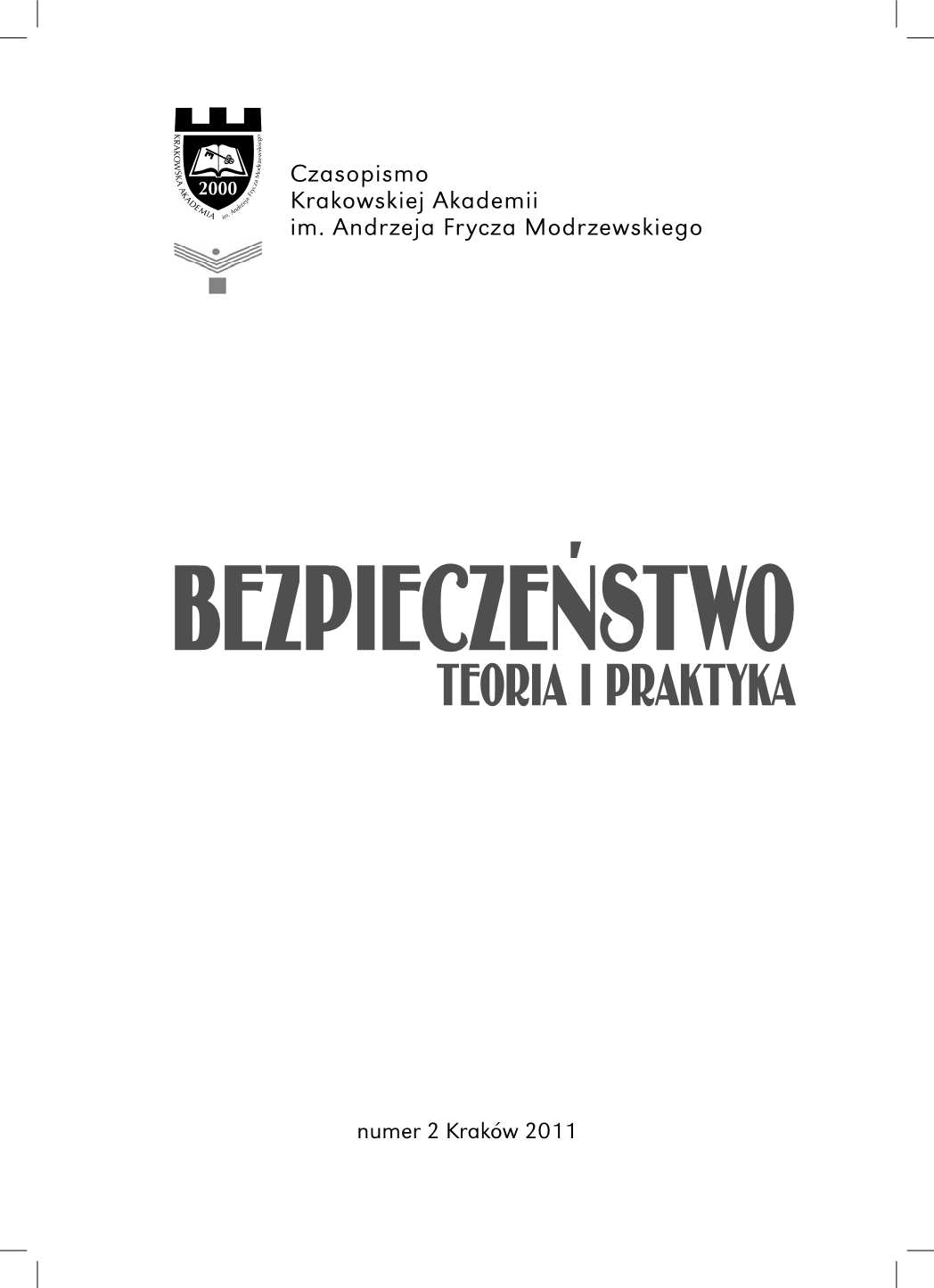Katastrofa smoleńska w świetle koncepcji „kozła ofiarnego” René Girarda
The Smolensk plane crash as seen through René Girard’s concept of the scapegoat
Author(s): Jarosław RokickiSubject(s): Politics / Political Sciences, Philosophy, Political Philosophy, Present Times (2010 - today)
Published by: Oficyna Wydawnicza AFM Uniwersytetu Andrzeja Frycza Modrzewskiego w Krakowie
Keywords: René Girard; Smolensk plane crash
Summary/Abstract: The paper explains how the 2010 Smolensk airplane catastrophe, in which Polish President Lech Kaczyński and 97 high ranking officials lost their lives, is mythologized in the social consciousness of many Poles. The author employs the concept of the scapegoat mechanism worked out by French philosopher and anthropologist, René Girard as a tool of explanation. The “scapegoat” is a notion generally used in two contexts. One is described in the Bible in the Book of Leviticus. On the Day of Atonement the High Priest is to sacrifice a bull for the sins of the priests, and a goat for the sins of the lay people. A third goat is to be sent into the desert to “Azazel”, bearing the sins of all the people. The second context, which emerged in Freudian psychoanalysis, has been further developed by Girard who focused on mythologizing the sacrifice of the persecuted. In the community’s social consciousness, after his/her death or exile, a persecuted person moves to the side of the sacred and becomes a mythical deity or hero and takes on a founding father/ mother figure who initiates a New Order (religious, social, political, ethical, etc.). This concept serves the author as a tool to present how a narrative on the catastrophe, created by a significant part of Polish society, takes on the shape (or structure) of the scapegoat myth. A narrative of triple symbolism: Poland/Christ of Nations/killed President, according to Girard’s concept as well as the concept of “founding sacrifice” preached by the poet, Jarosław Marek Rymkiewicz, has been harnessed to strictly political action aimed at taking over power.
Journal: Bezpieczeństwo. Teoria i Praktyka
- Issue Year: III/2011
- Issue No: 2
- Page Range: 77-97
- Page Count: 21
- Language: Polish

